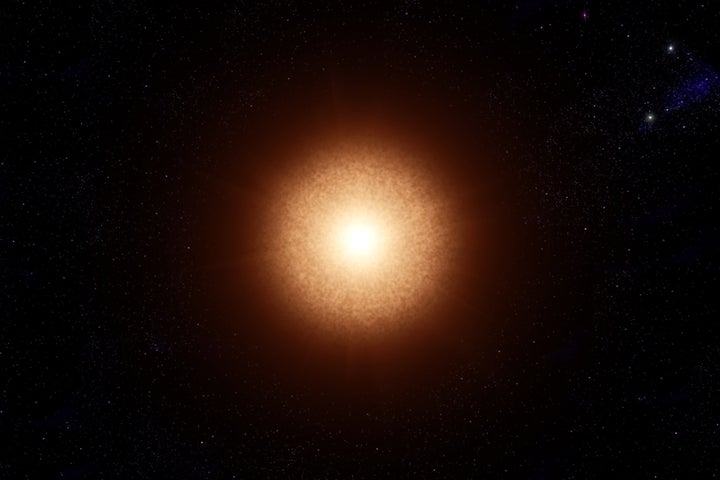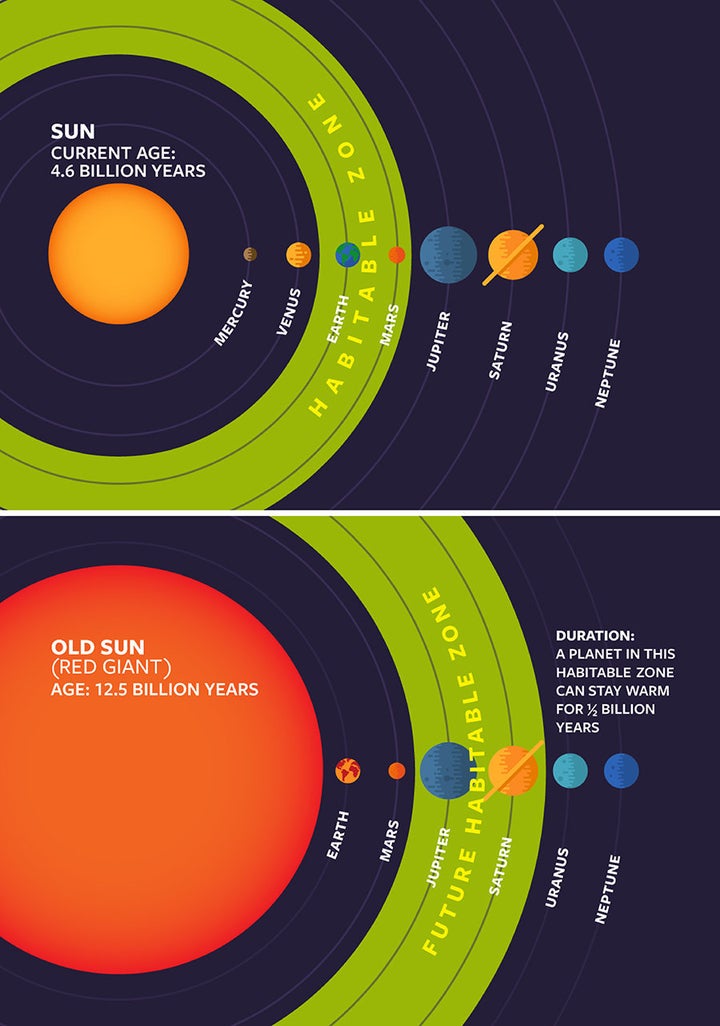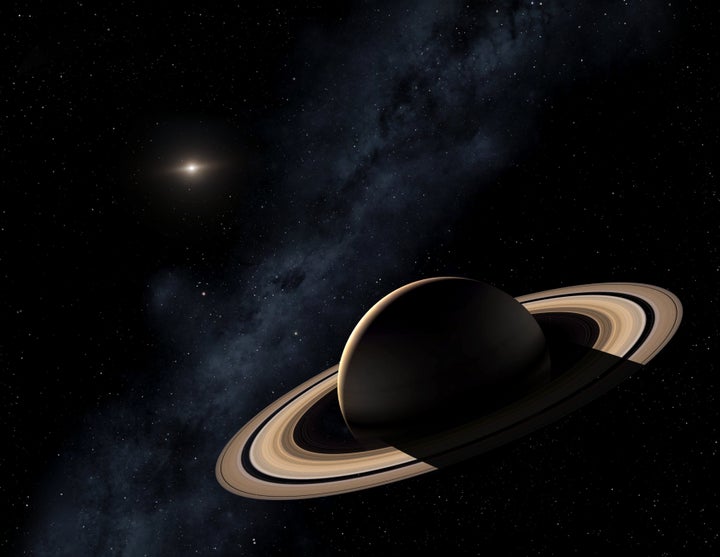Alien life could be thriving in a part of the universe we had originally ruled out according to new research by astronomers at Cornell University.

When looking for places where alien life could grow the standard procedure is to follow the 'goldilocks' model - a specific band in a solar system where a planet is just the right distance from a star.
It's very heavily modelled on our own solar system but can be adapted to take into account the intensity and class of the star and the types of planets that orbit it.
What it doesn't take into account however is the age of the star, something which astronomers Ramses Ramirez and Lisa Kaltenegger felt was odd.

The two Cornell researchers decided to expand their search to start including older red giant stars, and what they found was promising.
“When a star ages and brightens, the habitable zone moves outward and you’re basically giving a second wind to a planetary system,” said Ramses M. Ramirez,.
What they found was that even if they used our own solar system as the model, the habitable zone didn't just disappear, it simply shifted position.

“Long after our own plain yellow sun expands to become a red giant star and turns Earth into a sizzling hot wasteland, there are still regions in our solar system – and other solar systems as well – where life might thrive,” Kaltenegger said.
Applying this theory to the thousands of exoplanets found by Kepler raises new hope that not only could alien life be thriving right now, but that a solar system could support two completely separate alien civilisations.
Kaltenegger: “In the far future, such worlds could become habitable around small red suns for billions of years, maybe even starting life, just like Earth. That makes me very optimistic for the chances for life in the long run.”
